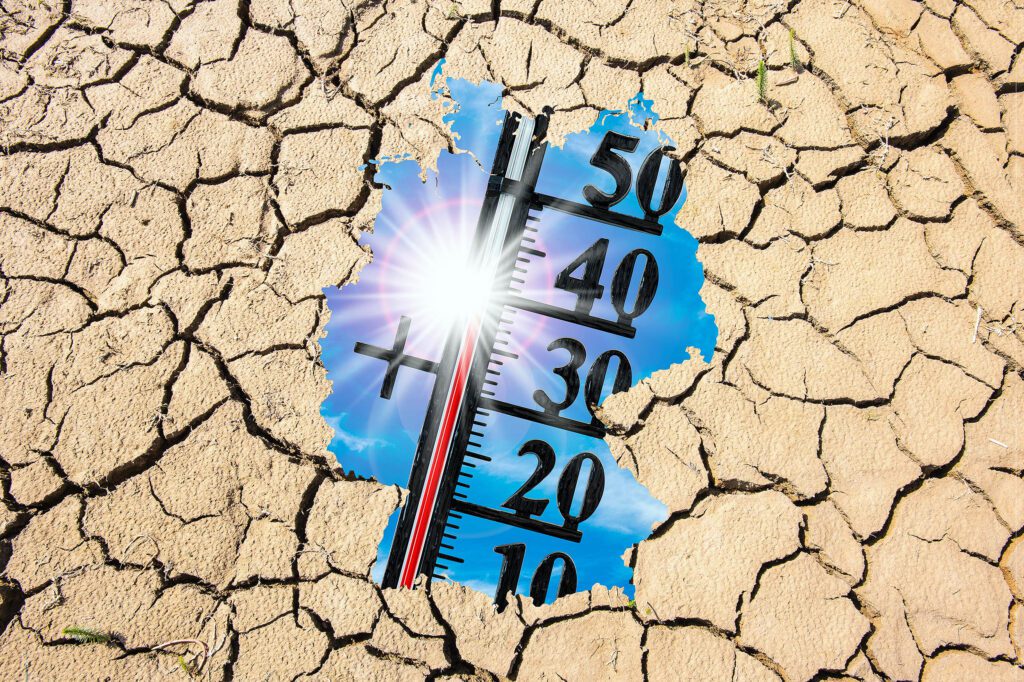In April 2025, global temperatures raised significant concerns among scientists, marking the second warmest April on record. Analysis indicates that the Earth is on track to exceed the 1.5°C threshold established by the Paris Agreement for the second consecutive year. Despite expectations of cooling due to the recent La Niña event, actual temperature rises have persisted.
April 2025’s temperatures were approximately 1.49°C (2.68°F) higher than the 1850-1900 average, echoing records from April 2024. Nearly 4% of the Earth experienced record-high temperatures, with notable regional variations contributing to a broader warming trend. The land temperature recorded in April was the hottest since at least 1850, while ocean surface temperatures were the third highest.
Climate experts are monitoring the El Niño phenomenon, which may impact weather patterns later in the year. Current projections suggest an 18% chance that 2025 will become the hottest year on record. Unprecedented warming was also recorded in regions like the Middle East and Iran.
While some areas faced unusual cooling, such as parts of the Arctic and Southeastern Antarctica, the general trend continues towards warming, complicating local weather patterns. Experts emphasize the urgent need for emissions reductions and adaptive strategies to combat the ongoing climate crisis. Collaborative global efforts are crucial as the timeline to mitigate further temperature rises grows shorter.
Source link


